written by David Steffen
This is the second article in a series considering the applications of game theory on writing. Game Theory is the study of strategic decision making. I won’t get into the mathematics of it, just high level concepts. The first article in the series discussed differentiating between goals and milestones. The second article in the series discussed ways for writers to keep score on their submissions that will encourage them to reach their goals.
An oft-quoted phrase in writing circles is known as “Yog’s Law”: Money always flows to the writer. I don’t really care for the name, since it’s not a law in either the legal sense or the scientific sense, but it’s an important guideline to keep in mind to help new writers avoid vanity publishers and publications that charge fees for submission.
What does it mean?
When I hear “Money always flows to the writer” out of context in the company of people who are not writers, I always wonder what those writers think. Do they picture the writer as Scrooge McDuck swimming in a vault full of money they never spend? Do they picture the writer’s landlord demanding rent to which the writer will reply “Money always flows to the writer” and slam the door in the landlord’s face?
Obviously writers spend money on goods and services as anyone else does. Yog’s Law refers only to interactions in pursuit of publication. That is, a writer shouldn’t pay submission fees. A writer shouldn’t pay publication fees. The writer is providing value in the form of their writing, and the writer should be paid for that writing.
Note that there are cases that seem to fit this description that aren’t really a problem–especially in self-publishing where the writer may pay for an artist to make cover art or a copyeditor to help them proofread. That’s because in the case of self-publishing the writer herself is also wearing the publisher hat and so the traditional roles are shifted.
Why?
So, why, from a Game Theory perspective, does the money need to flow to the writer? One of the important things I’ve learned from Game Theory is that a system or “game” is that the rules of a game should be designed so that the desired behavior results from everyone acting in their own selfish best interest. If the system is set up in any other way, then you have a conflict of interest that’s going to set the writer in conflict with the publisher rather than putting them together on the same team.
In a traditional sale to a magazine, the publisher will pay the author a one-time fee for publication rights and then the publisher will distribute the magazine either charging for readers to read the issue or taking donations and providing the content for free to recover the costs of paying for the story and other expenses, (and ideally will turn a profit on the deal to sustain the magazine). In this case, both the editor and writer have the same goals from the transaction–to get the story ready for publication as quickly as possible, to get it packaged up in an issue, and getting in front of as many readers as possible.
In traditional book publishing, similar idea, but on a larger scale and with royalties.
But let’s consider a vanity publisher which charges editing fees of the author. It’s in the publisher’s best financial interest to drag that editing process out as long as possible–if you’re determined, you can always find something to fiddle with, but that’s not a publisher you want to work with, sucking away your money in an endless stream of nitpicks that the editor never has an incentive to end. The editor doesn’t have an incentive to get the book in a publishable format in a timely fashion because edits are where the money is at.
Consider next a vanity publisher that charges publication fees. It’s in the publisher’s best financial interest to rush everything to publication, regardless of quality, and to not bother supporting it in any kind of marketing or any other fashion in the future. The revenue stream maximizes by maximizing the number of titles that are published in such a low quality format that probably no one but the author’s family is going to buy. Although this publisher will naturally tend to get stories to publication, they are making money regardless of the quality of the publication and so do not have an incentive to help the writer make the product as good as possible.
Consider a magazine that charges submission fees. The author, in that case, is paying a fee (often on the order of $3 but sometimes higher on the range of $20) to, in all likelihood, get a form rejection. Guess how much effort it takes to send a form rejection? If the system is set up efficiently, probably one or two clicks. The magazine maximizes their revenue stream from that by not bothering to read the slushpile at all, publishing stories they solicit directly and just rejecting the rest.
Note that in these cases, I’m not saying that all publishers who adopt these practices are scammers, or that they have the result I suggest. But with those flawed plans in place, there will be constant pressure toward practices that are directly detrimental to the writer, and a writer would do best to avoid them entirely.
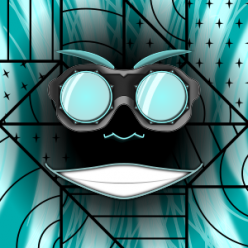
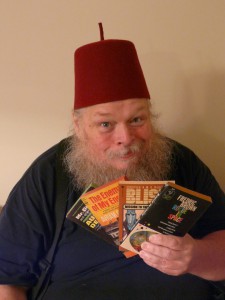



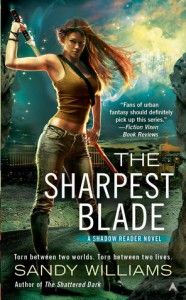 CS: At the beginning of the series, McKenzie is a Nancy Drew type, using her gift to analyze the scenes where fae transported. By the end of the series, she has learned how to wield a sword and uses it in battle. So she’s become a sort of warrior princess type. Why the transformation?
CS: At the beginning of the series, McKenzie is a Nancy Drew type, using her gift to analyze the scenes where fae transported. By the end of the series, she has learned how to wield a sword and uses it in battle. So she’s become a sort of warrior princess type. Why the transformation?
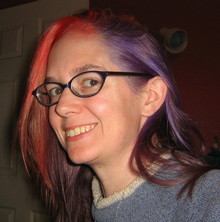
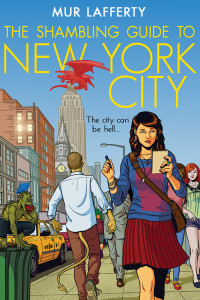 CARL SLAUGHTER: You’re one of the pioneers of podcasting.
CARL SLAUGHTER: You’re one of the pioneers of podcasting. 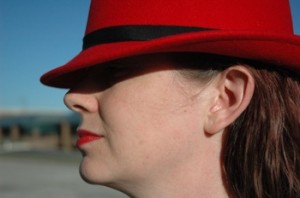 CARL SLAUGHTER: Who is the Princess Scientist, what are the science topics, and how mad is the science?
CARL SLAUGHTER: Who is the Princess Scientist, what are the science topics, and how mad is the science?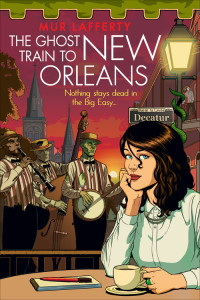 CARL SLAUGHTER: Suppose someone wanted to launch a podcast. How much money would they need to raise? What would they need in the way of recording equipment and web resources? What would they need in terms of personnel?
CARL SLAUGHTER: Suppose someone wanted to launch a podcast. How much money would they need to raise? What would they need in the way of recording equipment and web resources? What would they need in terms of personnel?